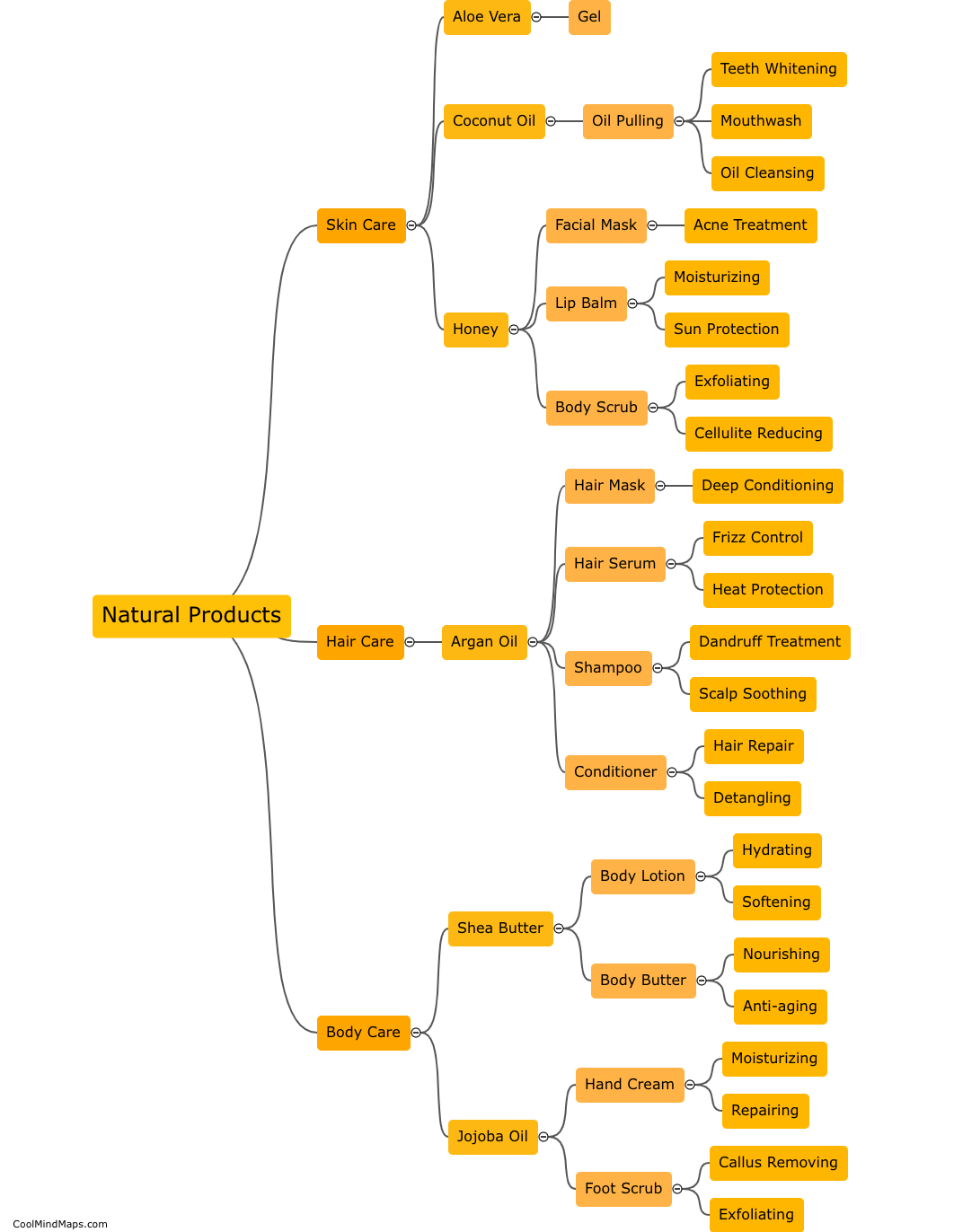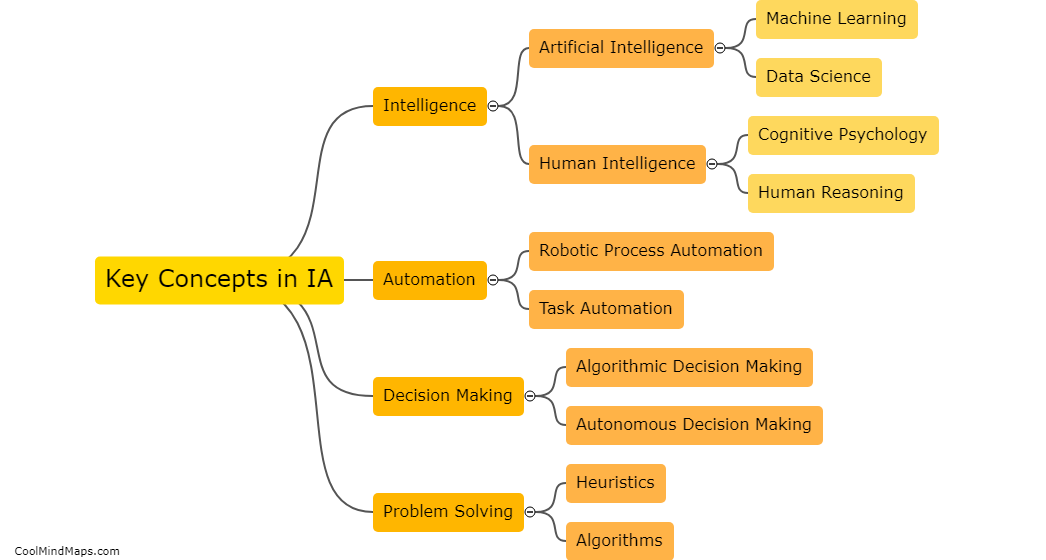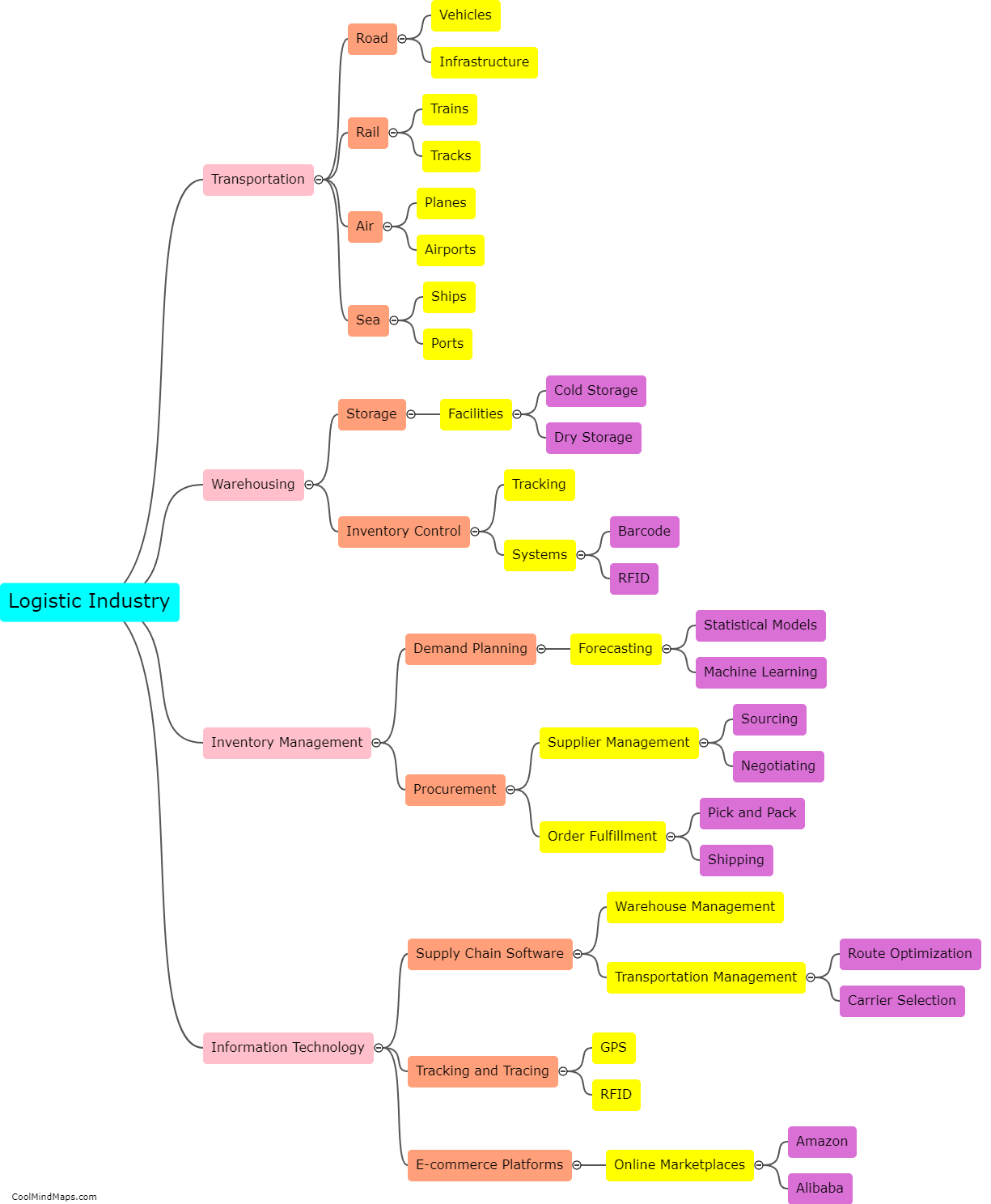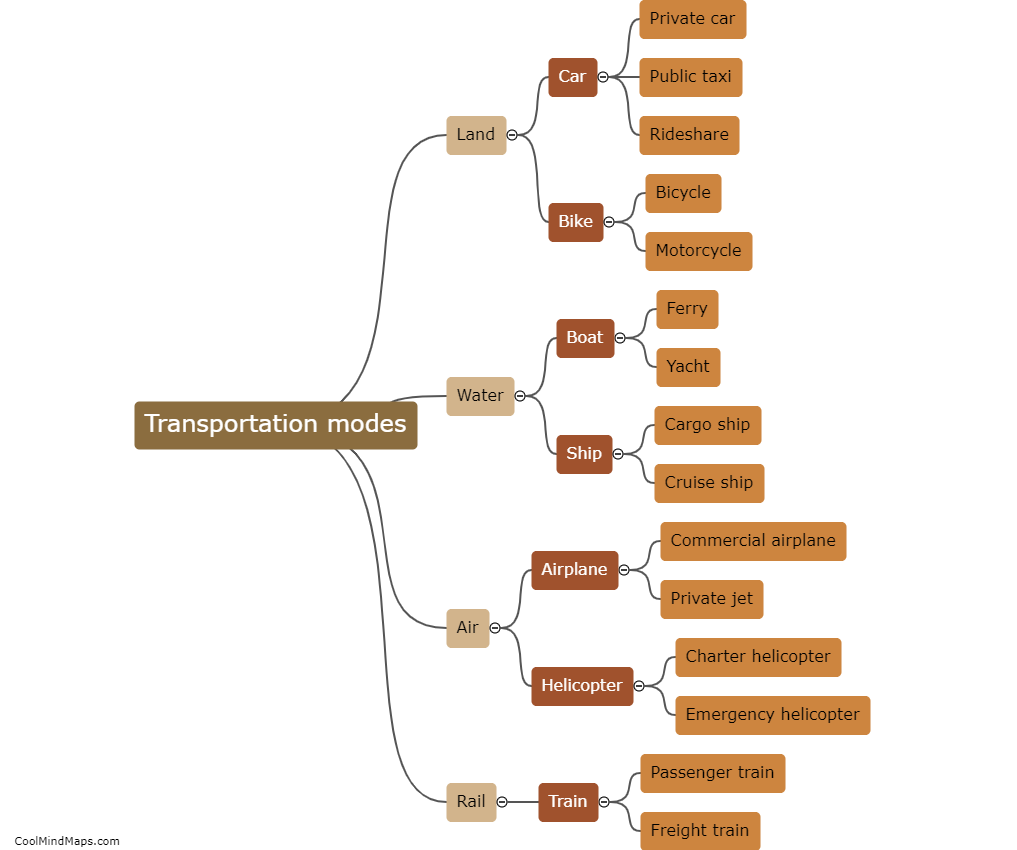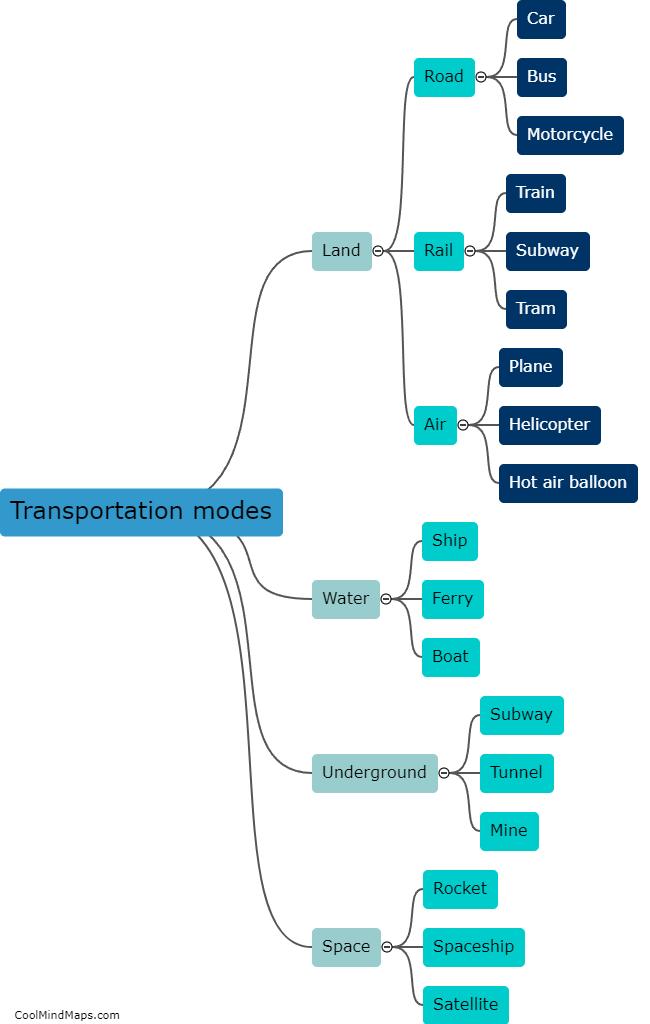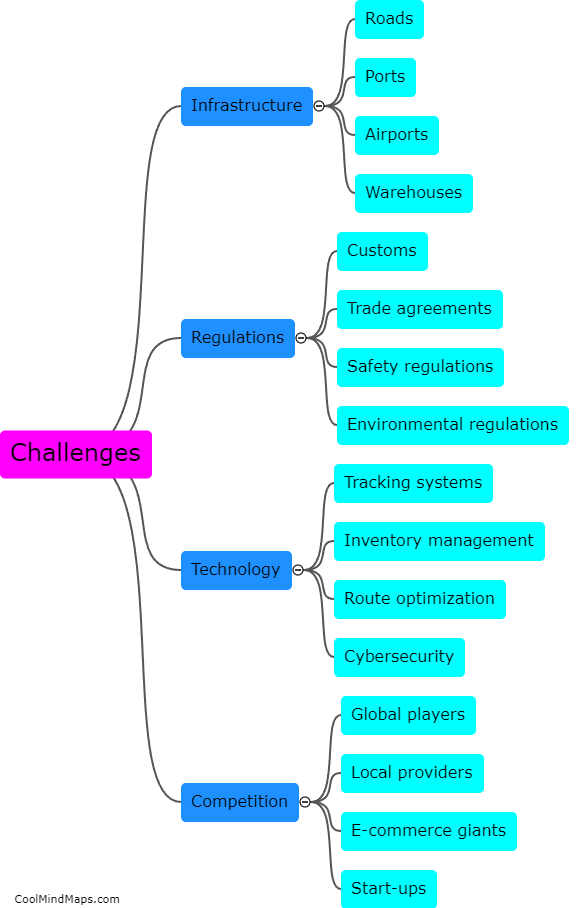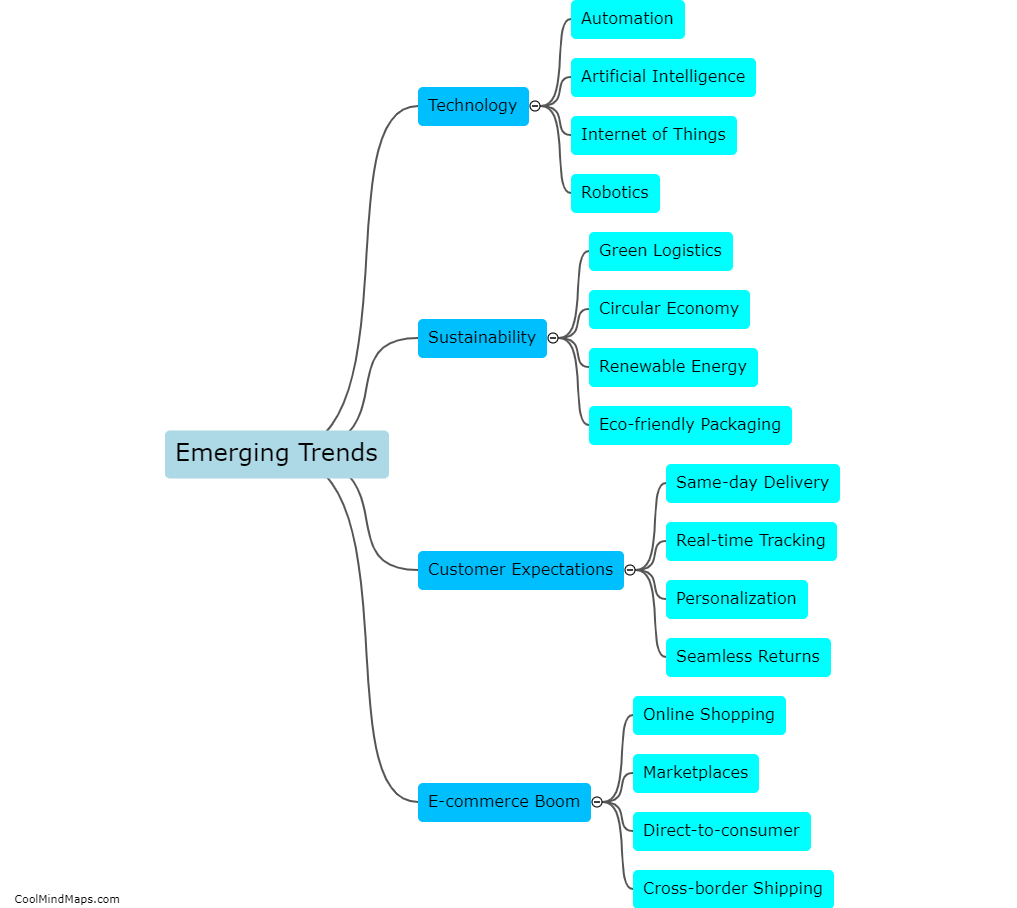How did the mir system function in terms of land distribution?
The Mir system, which existed in pre-revolutionary Russia, played a significant role in land distribution among peasants. This system was based on collective ownership of land, where communities, known as mirs, collectively managed and distributed the available land to individual peasant households. Each mir had its own internal rules and regulations regarding land allocations, which were determined on the basis of labor contributions and family size. The mir system aimed to ensure fairness and equal access to land, with periodic redistributions occurring to prevent individual families from gaining too much land or losing too much. This system operated under the supervision of the local village assembly and played a crucial role in maintaining social stability and addressing issues related to land distribution in rural Russia at that time.

This mind map was published on 28 August 2023 and has been viewed 153 times.


